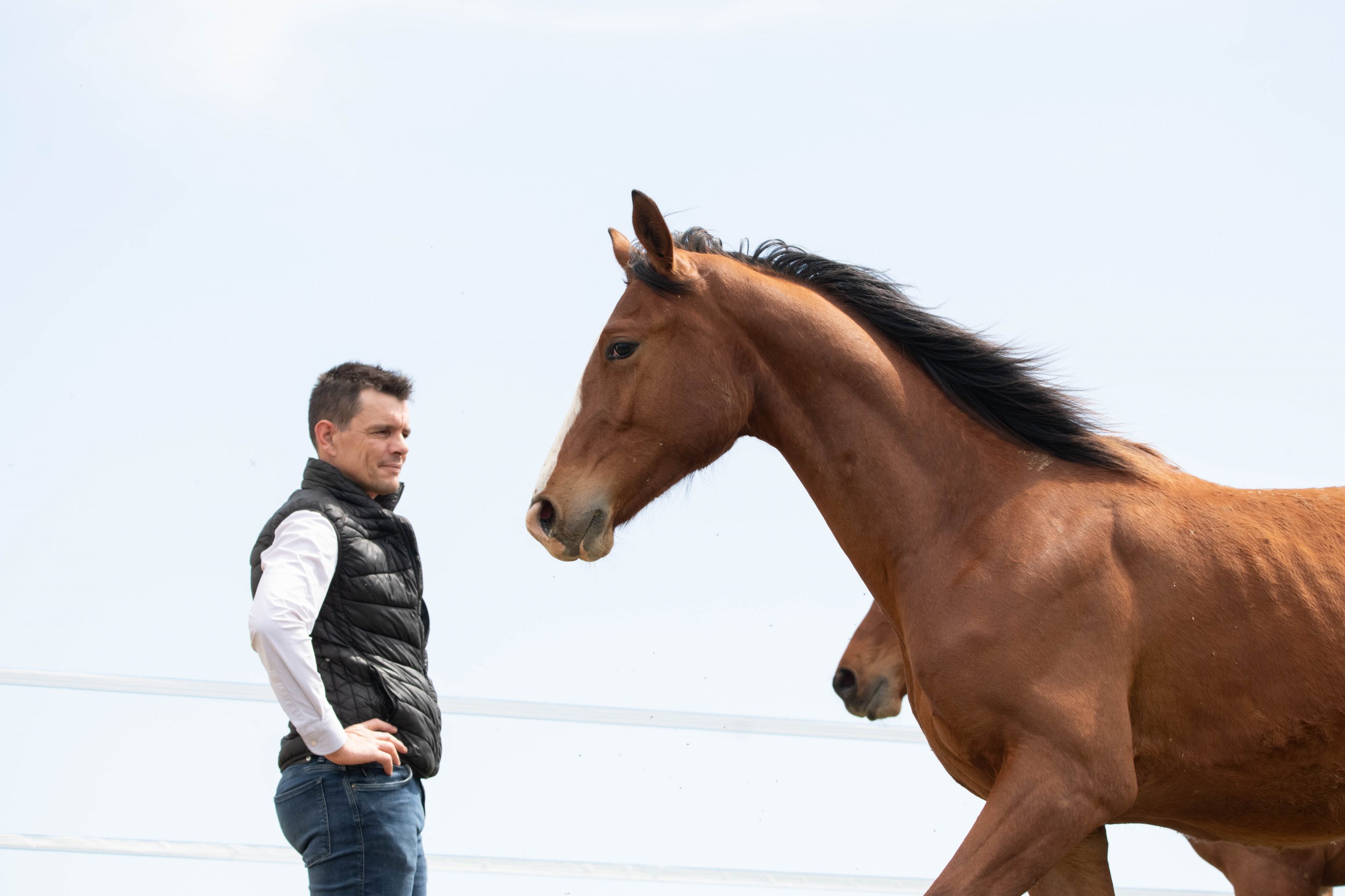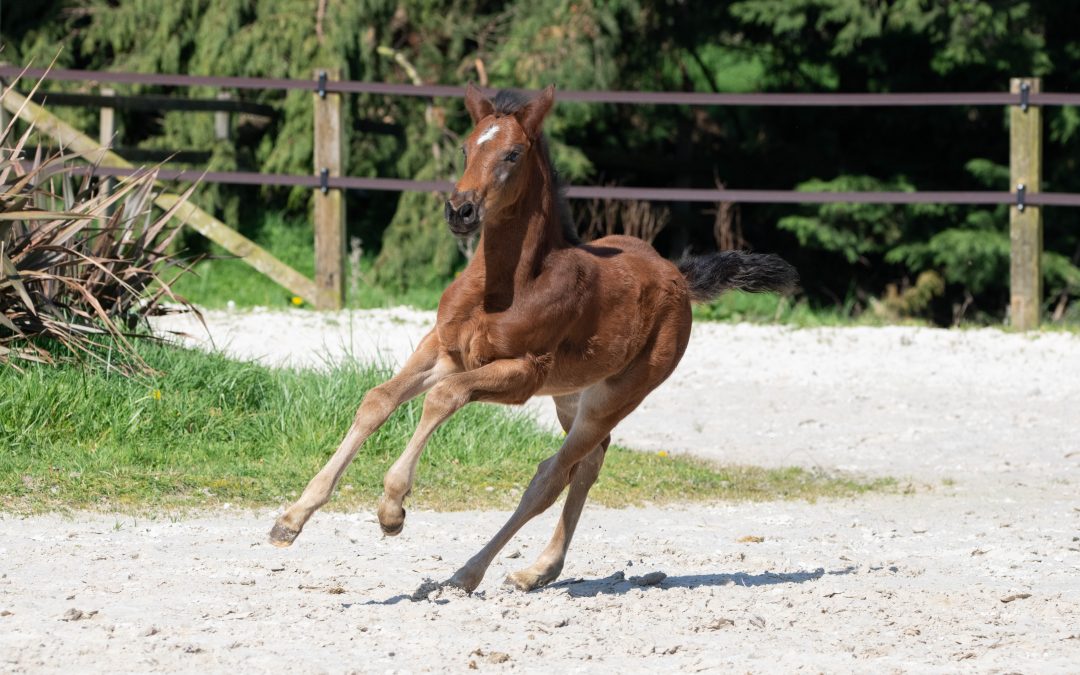
Modern Breeding Challenges: Adapting Breeders’ Imperatives to the Whims of Nature
Farming, an ancestral practice handed down from generation to generation, faces unprecedented challenges in the modern era. Breeders’ imperatives now have to adjust to unpredictable natural conditions and economic pressures, making the task increasingly complex. Bad weather, extreme heat, overexploitation of stallions and the search for economical solutions for gynecological follow-up are all factors that complicate the task of today’s breeders.
Extreme weather and climatic conditions
Inseminating a mare in the rain, cold or scorching heat does not produce the same results as inseminating her on a fine spring day. Weather conditions have a direct impact on fertility and insemination success. Breeders must therefore juggle with calendars that are often disrupted by unpredictable weather conditions, postpone breeding until late, or suffer one failure after another, even though the mare’s preparation (light, feed, stress, etc.) had been perfectly managed. Even more complex is the case of female competitors, for whom the breeding window is short and sometimes leaves little room for optimizing the timing.
Overexploitation of the Stallions
The growing demand for performance and competitiveness, and a fear of taking the risk of differentiation, have led to the overexploitation of stallions covering too many mares. Receiving three straws of a stallion’s semen hastily produced between two stressful competitions does not offer the same guarantees of quality as straws produced under optimal conditions. Overexploitation of stallions leads to a decline in semen quality: stress, excessively low dilution rates, failure to observe the rules of spermatogenesis are all factors affecting mare fertility and insemination success rates.
The race for economical gynecological monitoring
To reduce costs, some breeders opt for less expensive gynaecological follow-up services, often provided by less experienced veterinarians or even non-veterinary practitioners. Thinking that a €50 difference justifies the use of a young, inexperienced veterinarian rather than an experienced gynecological specialist can lead to disappointing results and drifts in breeding practices. It’s true that our business is also facing a shortage of specialists, but the sheer number of installation centers does not encourage a concentration of talent.
The Limits of Traditional Breeding
Farming as practiced by our parents and grandparents is showing its limits in today’s context. Traditional methods, though effective in their time, need to be adapted to new realities and modern challenges. Animal fertility and the interplay of supply and demand (another subject) were once self-evident, but today they have become complex issues requiring innovative strategies and rigorous management of resources and practices.
Conclusion
Adapting breeders’ imperatives to the vagaries of nature and today’s economic demands is a major challenge. Bad weather, extreme heat, overexploitation of stallions and the search for economical solutions for gynecological follow-up are all factors that complicate modern breeding. We need to $ rethink our practices and adopt innovative approaches to ensure the sustainability and success of livestock farming in a constantly changing world. Breeders need to find a balance between tradition and modernity, between profitability and quality, to overcome the challenges and ensure a prosperous future for their business.
